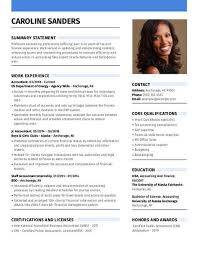Writing a Proper CV
A curriculum vitae, or CV for short, is a document that summarizes a person's education, work experience, skills, and achievements. It is typically used when applying for jobs, internships, scholarships, or other opportunities where a detailed overview of one's qualifications is required. A well-written CV can make a strong impression on potential employers and increase the likelihood of being invited for an interview. In this essay, we will discuss the key components of a proper CV and provide tips on how to create an effective one.
The first step in writing a proper CV is to gather all relevant information about your education and work experience. This includes listing your academic qualifications, such as degrees, certifications, and relevant coursework. It is important to include the name of the institution, the dates of attendance, and any honors or awards received. For work experience, make sure to include the name of the company, your job title, the dates of employment, and a brief description of your responsibilities and accomplishments.
After compiling all the necessary information, the next step is to organize it in a clear and concise manner. The most common sections of a CV include:
1. Personal Information: This should include your full name, contact information, and any relevant personal details such as your date of birth and nationality.
2. Objective: A brief statement that summarizes your career goals and objectives. This can help employers understand what you are looking for in a job and how your skills and experience align with their needs.
3. Education: List your academic qualifications in reverse chronological order, starting with the most recent. Include the name of the institution, degree earned, major/minor, and any relevant coursework or research projects.
4. Work Experience: Again, list your work experience in reverse chronological order, starting with the most recent. Include the name of the company, your job title, dates of employment, and a brief description of your responsibilities and achievements.
5. Skills: Highlight any relevant skills or qualifications that are specific to the job you are applying for. This may include technical skills, language proficiency, or other specialized abilities.
6. Awards and Honors: If you have received any awards, scholarships, or honors, be sure to include them in this section.
7. References: Optionally, you may include a list of professional references who can attest to your qualifications and character. Make sure to obtain their permission before including their contact information.
When writing your CV, it is important to tailor it to the specific job or opportunity you are applying for. Customize the objective statement, skills section, and work experience to highlight the most relevant qualifications for the position. Use keywords from the job description to show that you are a good fit for the role.
In addition to the content of your CV, pay attention to the formatting and presentation. Use a clean, professional font and layout, and make sure the document is well-organized and easy to read. Avoid large blocks of text and use bullet points or headings to break up the information into digestible sections.
Lastly, proofread your CV multiple times to check for spelling and grammar errors. Ask a friend, family member, or career advisor to review it as well, as a fresh pair of eyes can catch mistakes you may have missed.
In conclusion, writing a proper CV is an essential step in the job application process. By including relevant information, organizing it effectively, and customizing it to the specific job, you can create a strong document that showcases your qualifications and increases your chances of landing an interview. Follow the tips outlined in this essay, and you will be well on your way to crafting a compelling CV that highlights your skills and experiences.


